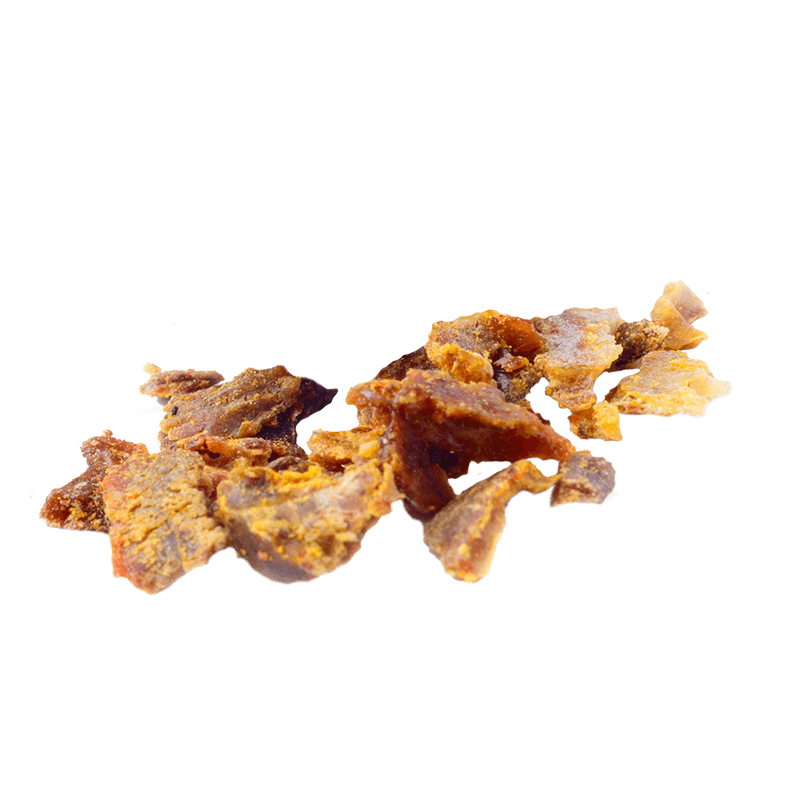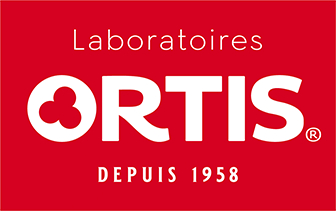
Propolis
Latin name
Origin
Used part
Active components
Usage
Bibliographical references
- Historical Aspects of Propolis Research in Modern Times
Andrzej K. Kuropatnicki, Ewelina Szliszka, Wojciech Krol
Evidence-Based Complementary and Alternative Medicine Volume 2013 (2013), Article ID 964149
ResearchGate: https://www.researchgate.net/publication/236940994_Historical_Aspects_of_Propolis_Research_in_Modern_Times - Recent trends and important developments in propolis research
Vassya Bankova
Evid Based Complement Alternat Med. 2005 Mar; 2(1): 29–32.
ResearchGate: https://www.researchgate.net/publication/7896732_Recent_trends_and_important_developments_in_propolis_research - In vitro antimicrobial activity of propolis dry extract.
Drago L, Mombelli B, De Vecchi E, Fassina MC, Tocalli L, Gismondo MR.
J Chemother. 2000 Oct;12(5):390-5.
ResearchGate: https://www.researchgate.net/publication/12199463_In_Vitro_Antimicrobial_Activity_of_Propolis_Dry_Extract - Antimicrobial activity of propolis on oral microorganisms.
Park YK, Koo MH, Abreu JA, Ikegaki M, Cury JA, Rosalen PL.
Curr Microbiol. 1998 Jan;36(1):24-8. Nwib4457
Pubmed: http://www.ncbi.nlm.nih.gov/pubmed/9405742 - 1 Antibacterial, antifungal, antiamoebic, antiinflammatory and antipyretic studies on propolis bee products.
Dobrowolski JW, Vohora SB, Sharma K, Shah SA, Naqvi SA, Dandiya PC.
J Ethnopharmacol. 1991 Oct;35(1):77-82.
Pubmed: http://www.ncbi.nlm.nih.gov/pubmed/1753797 - Antimicrobial Activity of Serbian Propolis Evaluated by Means of MIC, HPTLC, Bioautography and Chemometrics.
Ristivojević P, Dimkić I, Trifković J, Berić T, Vovk I, Milojković-Opsenica D, Stanković S.
PLoS One. 2016 Jun 7;11(6):e0157097.
PLoSOne: http://journals.plos.org/plosone/article?id=10.1371/journal.pone.0157097 - Antimicrobial activity of propolis special extract GH 2002 against multidrug-resistant clinical isolates.
Astani A, Zimmermann S, Hassan E, Reichling J, Sensch KH, Schnitzler P.
Pharmazie. 2013 Aug;68(8):695-701.
ResearchGate: https://www.researchgate.net/publication/256488432_Antimicrobial_activity_of_propolis_special_extract_GH_2002_against_multidrug-resistant_clinical_isolates - Galangin expresses bactericidal activity against multiple-resistant bacteria: MRSA, Enterococcus spp. and Pseudomonas aeruginosa.
Pepeljnjak S, Kosalec I
FEMS Microbiol Lett. 2004 Nov 1;240(1):111-6.
Pubmed: https://www.ncbi.nlm.nih.gov/pubmed/15500987 - Propolis and its constituent caffeic acid suppress LPS-stimulated pro-inflammatory response by blocking NF-κB and MAPK activation in macrophages.
Búfalo MC, Ferreira I, Costa G, Francisco V, Liberal J, Cruz MT, Lopes MC, Batista MT, Sforcin JM.
J Ethnopharmacol. 2013 Aug 26;149(1):84-92.
PubMed: https://www.ncbi.nlm.nih.gov/pubmed/23770030 - Pinocembrin attenuates 6-OHDA-induced neuronal cell death through Nrf2/ARE pathway in SH-SY5Y cells.
Jin X, Liu Q, Jia L, Li M, Wang X
Cell Mol Neurobiol. 2015 Apr; 35(3):323-333.
Pubmed: https://www.ncbi.nlm.nih.gov/pubmed/25377066 - In vivo Studies on the Protective Effect of Propolis on Doxorubicin-Induced Toxicity in Liver of Male Rats
Shivani Singla, Neelima R. Kumar, Jaspreet Kaur
Toxicol Int. 2014 May-Aug; 21(2): 191–195.
PMC: https://www.ncbi.nlm.nih.gov/pmc/articles/PMC4170562/ - Propolis modifies collagen types I and III accumulation in the matrix of burnt tissue
P. Olczyk, G. Wisowski, K. Komosinska-Vassev et al.
Evidence-Based Complementary and Alternative Medicine Volume 2013, Article ID 423809
PMC: https://www.ncbi.nlm.nih.gov/pmc/articles/PMC3679764/ - 1 Dynamics of reepithelialisation and penetration rate of a bee propolis formulation during cutaneous wounds healing.
Sehn E, Hernandes L, Franco SL, Goncalves CC, Baesso ML.
Anal Chim Acta. 2009;635(1):115–20
Pubmed: https://www.ncbi.nlm.nih.gov/pubmed/19200487 - A Pilot Study on the Immunomodulatory Effect of Bulgarian Propolis.
M. Draganova-Filipova, M. Nikolova, A. Mihova, L. Peychev and V. Sarafian.
Biotechnology & Biotechnological Equipment Volume 24, Number 2, May 2010
Diagnosis Press: http://www.diagnosisp.com/dp/journals/view_pdf.php?journal_id=1&archive=1&issue_id=27&article_id=934 - Comparison of propolis skin cream to silver sulfadiazine: a naturopathic alternative to antibiotics in treatment of minor burns.
Gregory SR, Piccolo N, Piccolo MT, Piccolo MS, Heggers JP.
J Altern Complement Med. 2002 Feb;8(1):77-83.
Pubmed: http://www.ncbi.nlm.nih.gov/pubmed/11890438 - Comparison of Propolis Skin Cream to Silver Sulfadiazine: A Naturopathic Alternative to Antibiotics in Treatment of Minor Burns
Scott R. Gregory, Nelson Piccolo, Maria T. Piccolo, Monica S. Piccolo, and John P. Heggers. The Journal of Alternative and Complementary Medicine. February 2002, 8(1): 77-83.
Pubmed: http://www.ncbi.nlm.nih.gov/pubmed/11890438 - Propolis and some of its constituents down-regulate DNA synthesis and inflammatory cytokine production but induce TGF-beta1 production of human immune cells.
Ansorge S, Reinhold D, Lendeckel U.
Z Naturforsch C. 2003 Jul-Aug;58(7-8):580-9.
Pubmed: http://www.ncbi.nlm.nih.gov/pubmed/12939048 - Propolis immunomodulatory action in vivo on Toll‐like receptors 2 and 4 expression and on pro‐inflammatory cytokines production in mice
C. L. Orsatti F. Missima A. C. Pagliarone T. F. Bachiega M. C. Búfalo J. P. Araújo Jr J. M. Sforcin
Phytother Res. 2010 Aug;24(8):1141-6
https://www.ncbi.nlm.nih.gov/pubmed/20041423 - A water-soluble derivative of propolis augments the cytotoxic activity of natural killer cells.
Takeda K, Nagamatsu K, Okumura K
J Ethnopharmacol. 2018 May 23;218:51-58.
Pubmed: https://www.ncbi.nlm.nih.gov/pubmed/29496576 - The effects of propolis on antibody production by laying hens
J. A. Freitas, N Vanat, J. W. Pinheiro, M. R. S. Balarin, J. M. Sforcin, E. J. Venancio
Poultry Science, Volume 90, Issue 6, 1 June 2011, Pages 1227–1233
Pubmed: https://www.ncbi.nlm.nih.gov/pubmed/21597063 - Prophylactic effectiveness of propolis for immunostimulation: a clinical pilot study
Brätter C, Tregel M, Liebenthal C, Volk HD.
Forsch Komplementarmed. 1999 Oct;6(5):256-60.
Pubmed: https://www.ncbi.nlm.nih.gov/pubmed/10575279
The health claims that feature on our website in relation to the plants contained in our products are compliant with the list of health claims awaiting final assessment by the Community authorities (cf. website of the European Commission: http://ec.europa.eu/nuhclaims/). However, they may be subject to modification following their assessment by the national competent authorities.
The health claims relating to other nutrients or substances contained in our products that feature on our site are compliant with Regulation No. 432/2012 of the Commission of 16 May 2012 which establishes a list of authorised health claims authorised in relation to food products, other than those in reference to the reduction of the risk of disease as well as community-based development and child health (cf. website of the European Commission: http://ec.europa.eu/nuhclaims/).

 Belgique
Belgique  België
België  France
France  Italia
Italia  Portugal
Portugal  España
España  United Kingdom
United Kingdom  Κύπρος
Κύπρος 